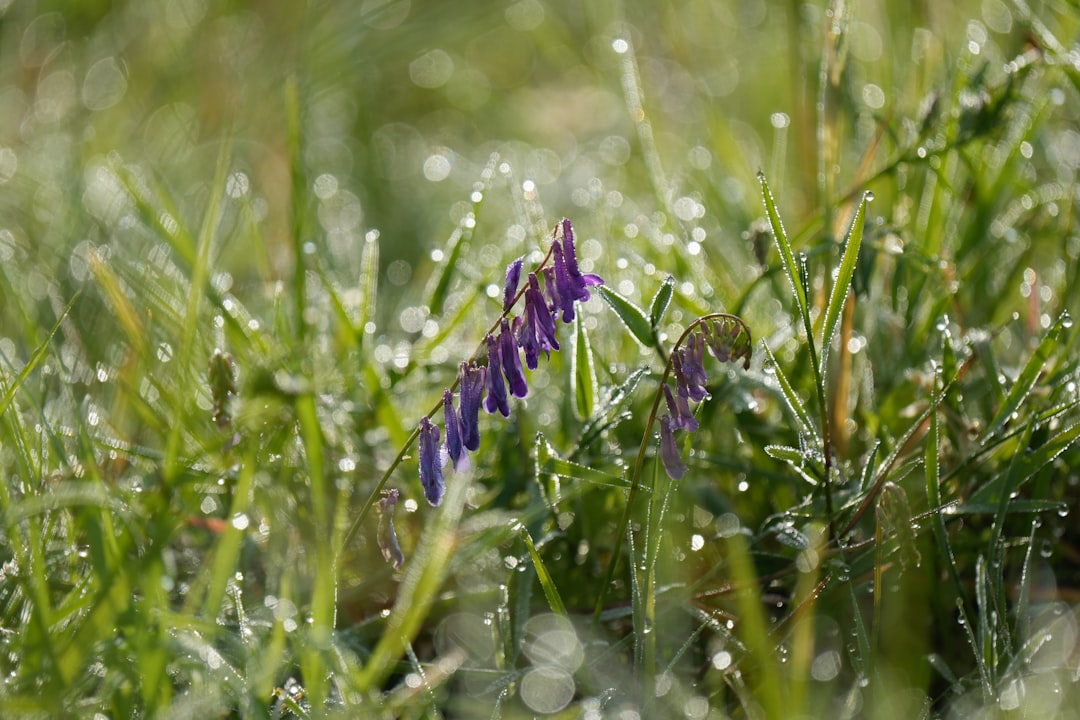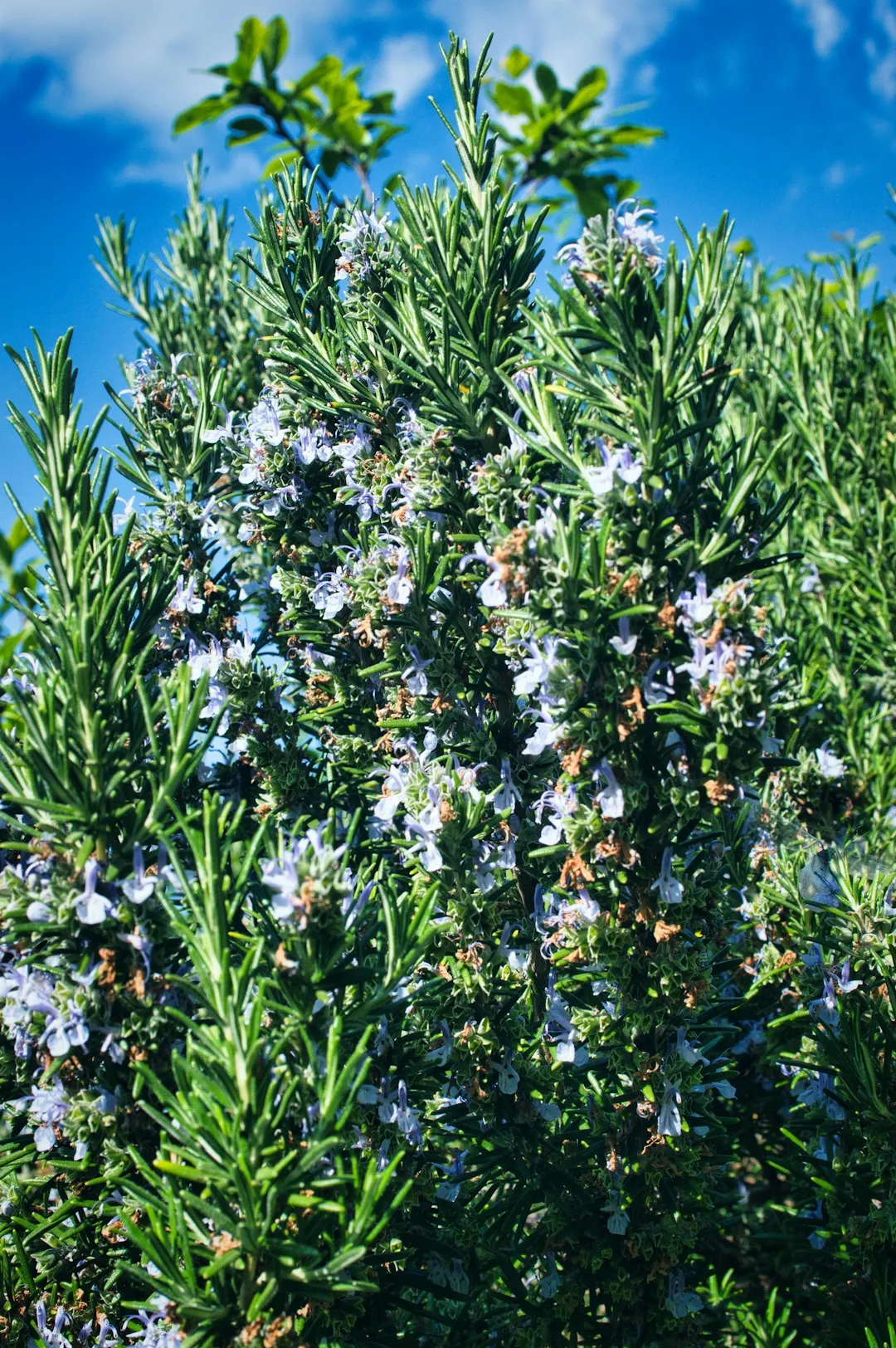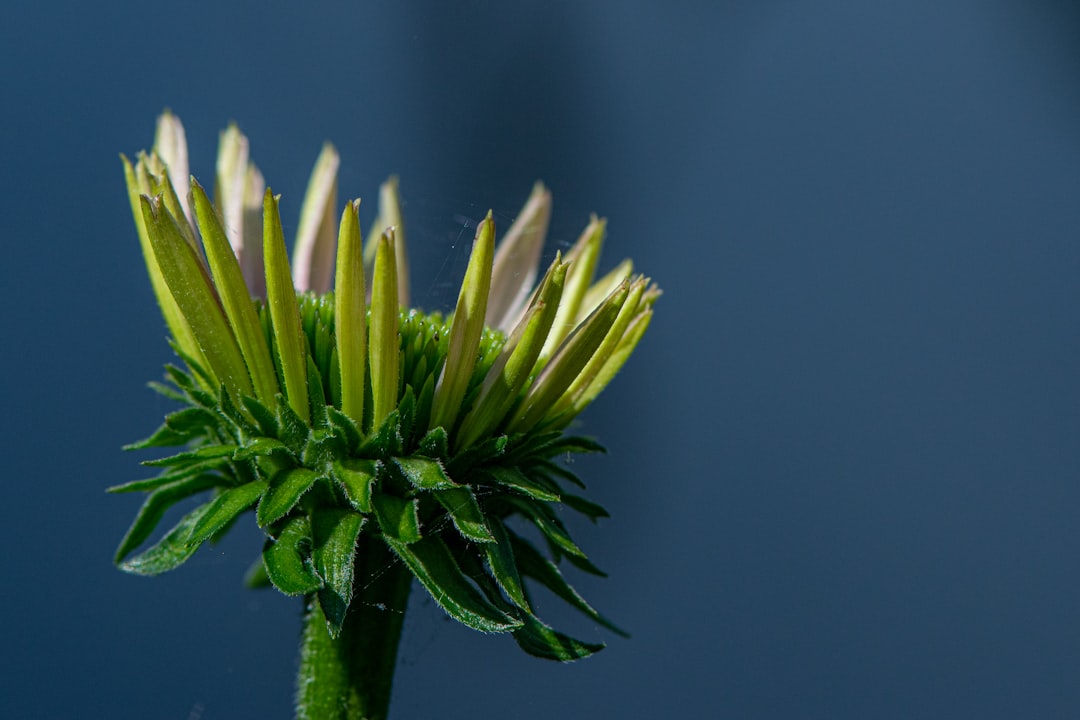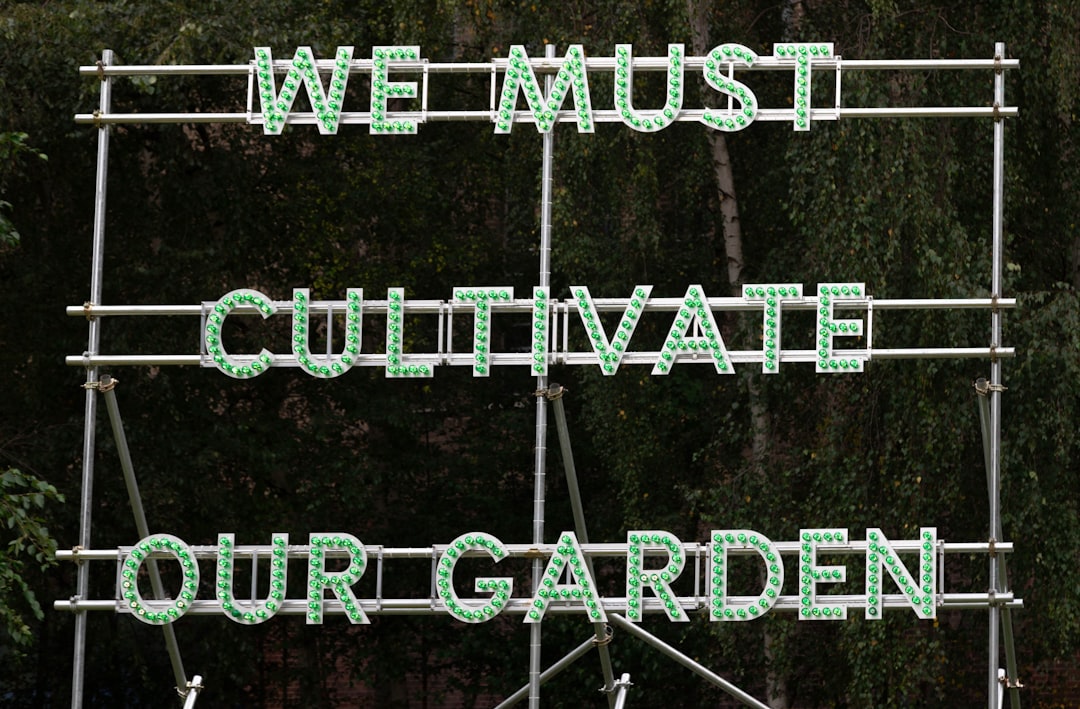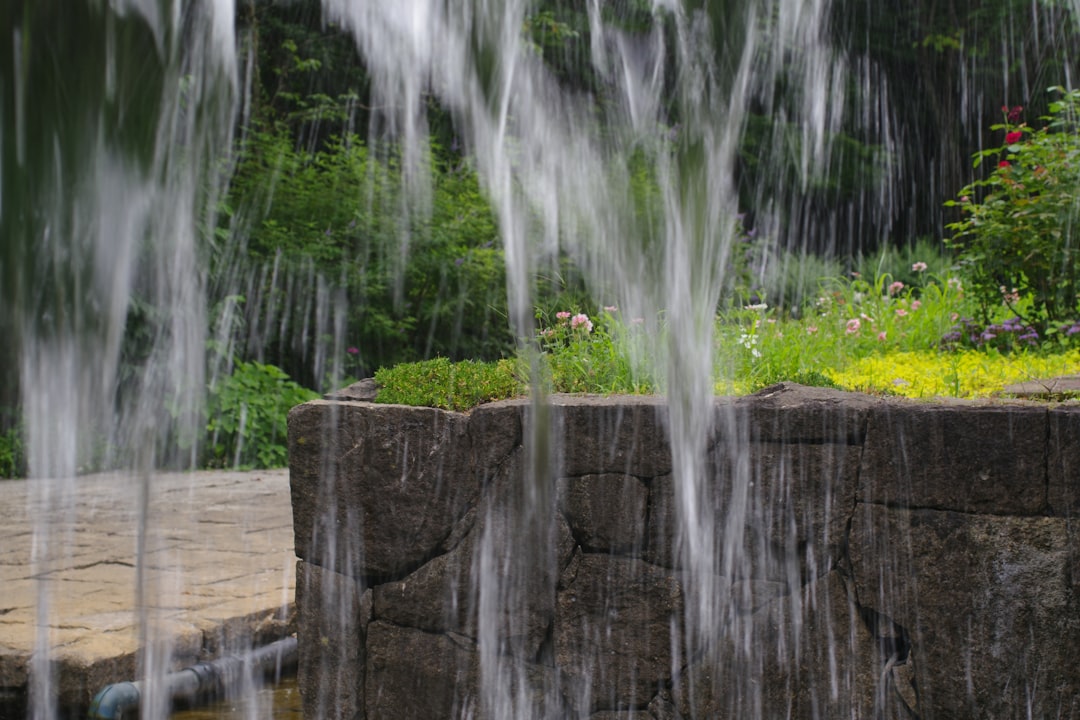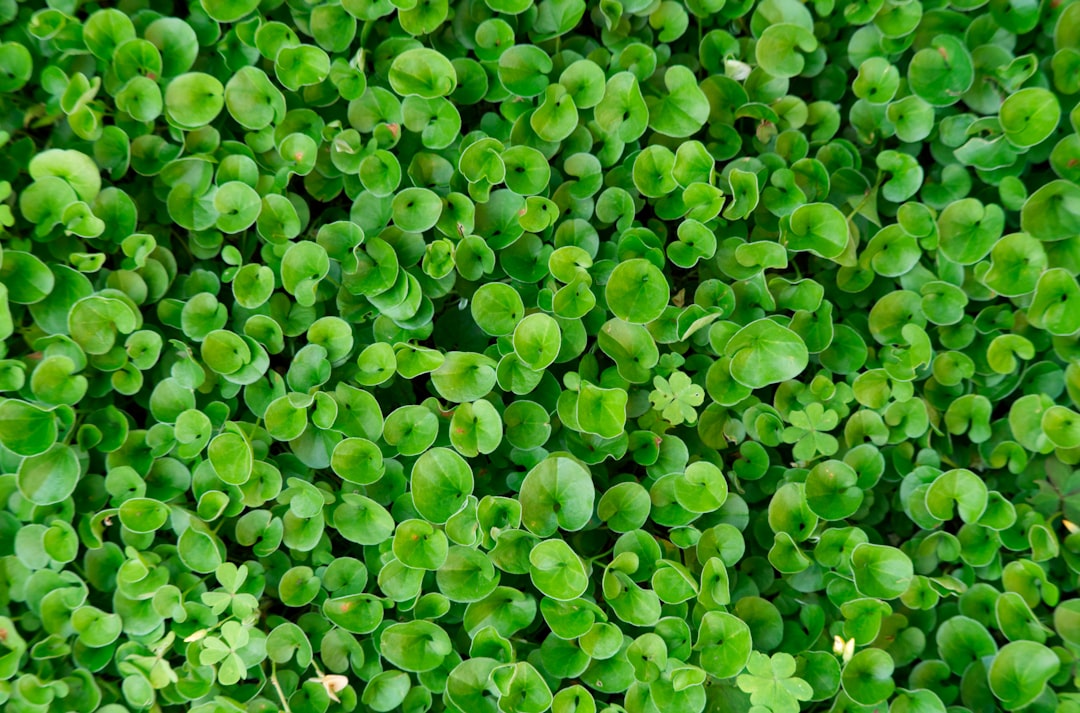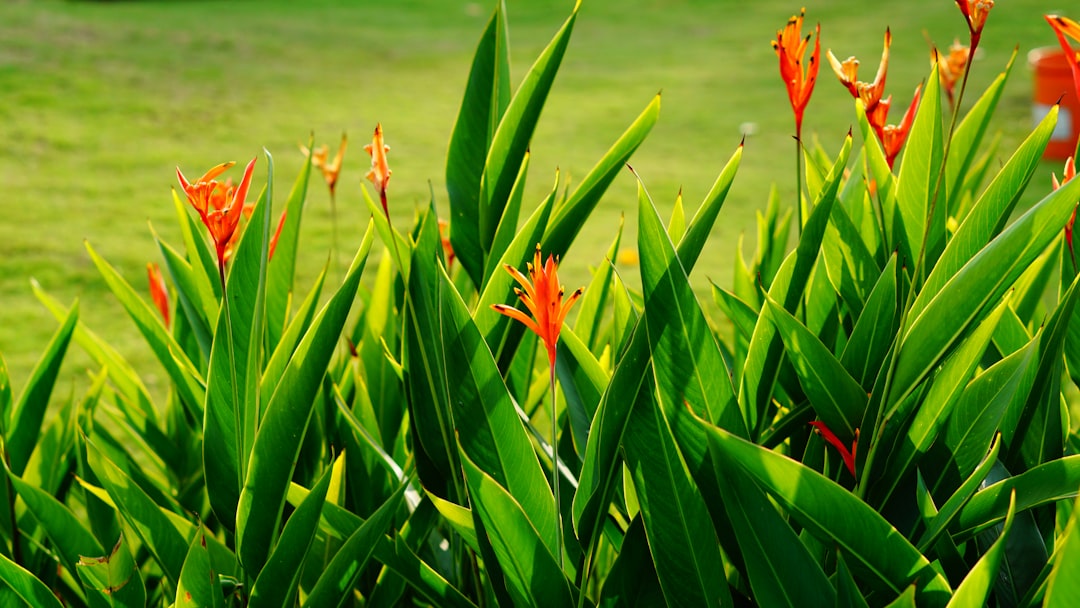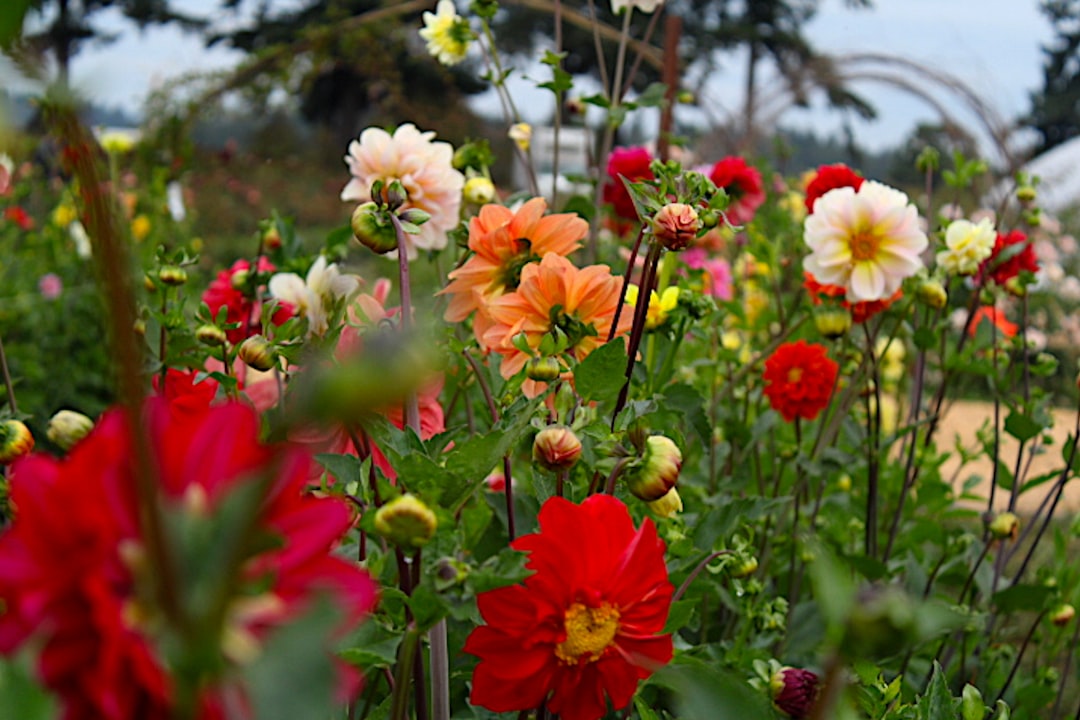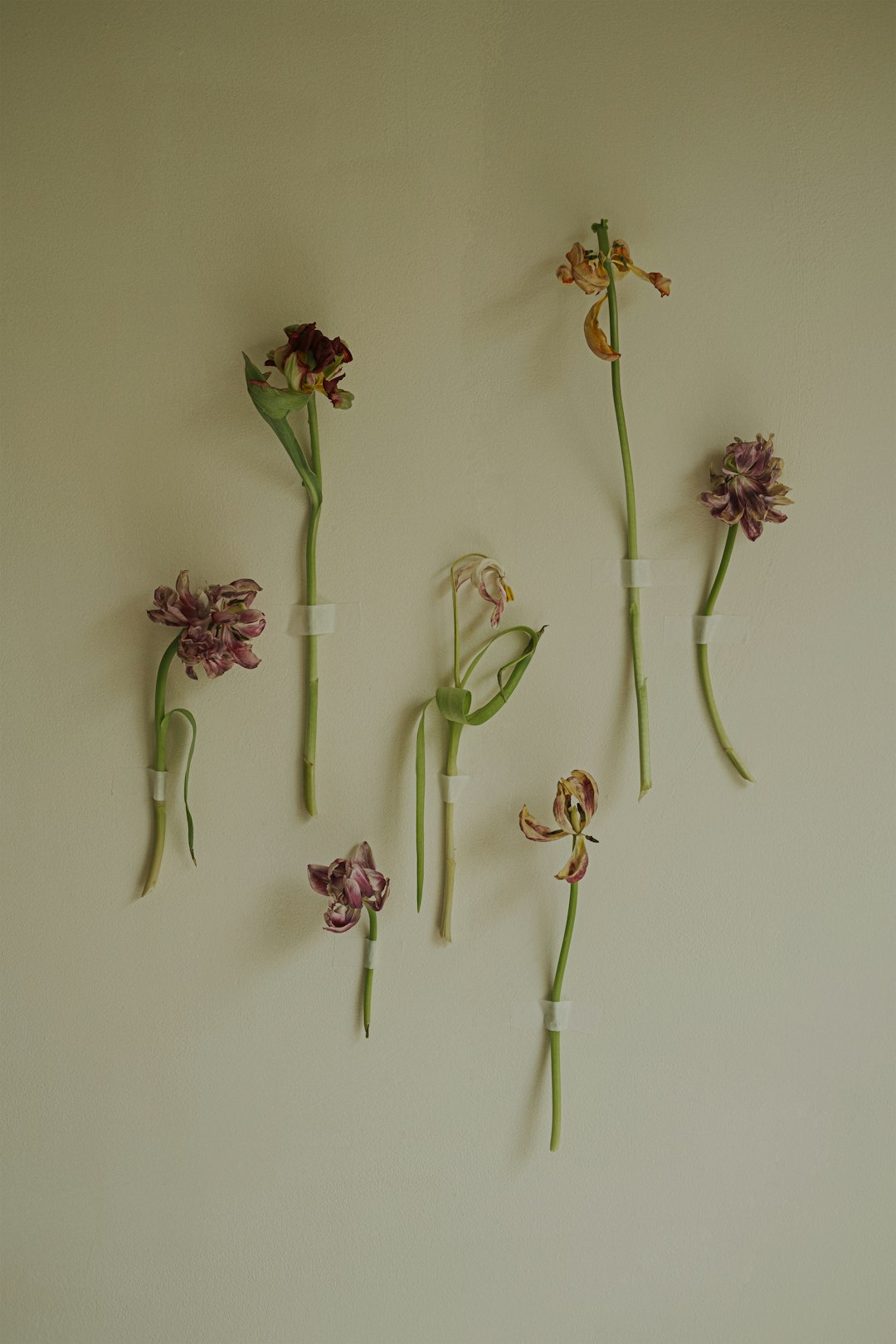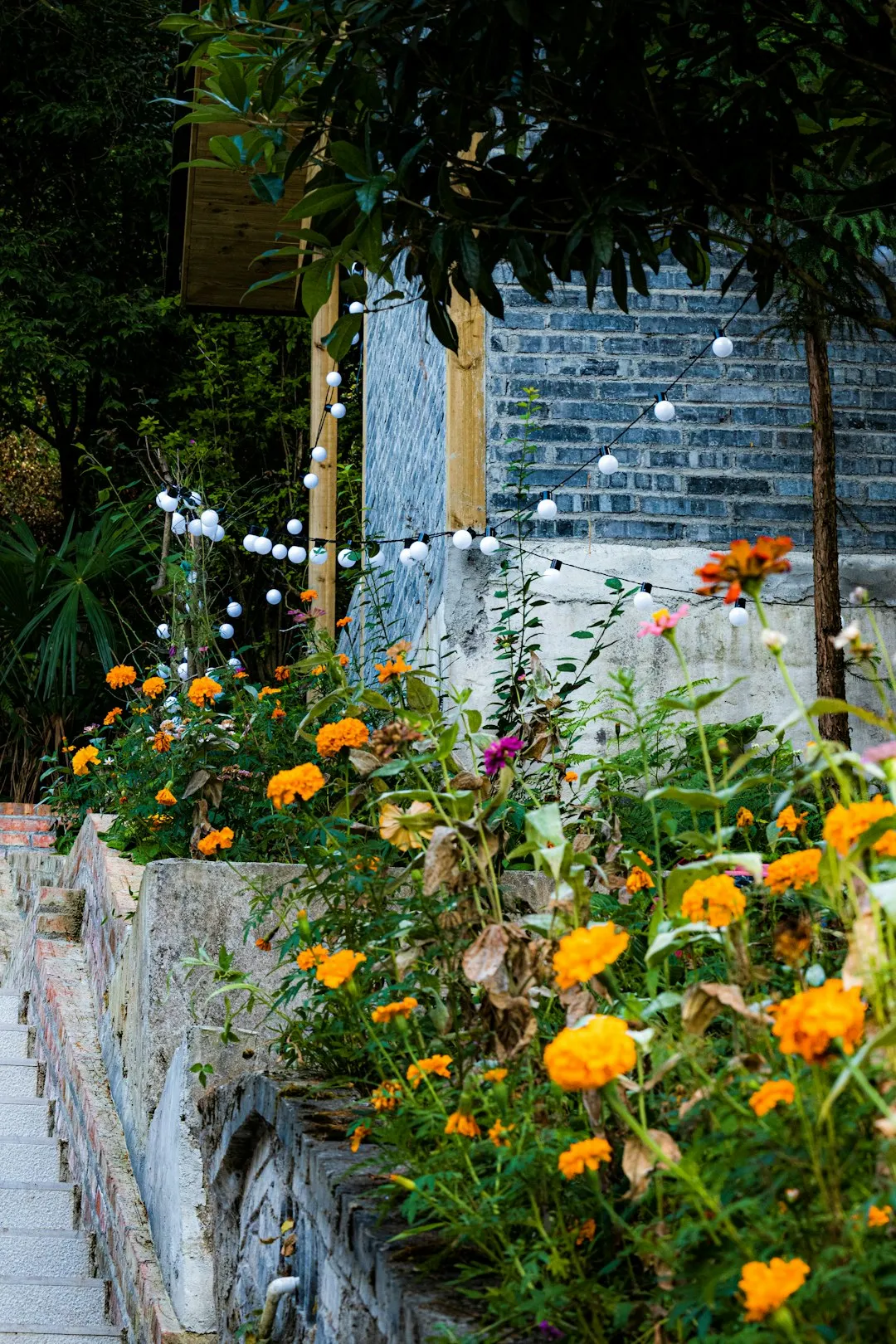In colder climates, dahlias, those vibrant and showy perennials, face a harsh winter challenge. Unlike some hardier plants, dahlia tubers cannot withstand the freezing temperatures that come with winter. Therefore, it is essential to dig them up and store them indoors to ensure their survival until spring. Here are some valuable tips to help you store dahlias successfully.
First and foremost, timing is crucial when it comes to digging up dahlia tubers. You should wait until after the first frost has blackened the foliage. This signals that the plant has started to go dormant. However, don't leave it too long. If the ground freezes, it can damage the tubers. Usually, this occurs in late fall, but the exact time may vary depending on your local climate.
Once you've determined the right time, it's time to start the digging process. Use a garden fork or a spade to carefully loosen the soil around the base of the dahlia plant. Be gentle to avoid damaging the tubers. Start about 6 to 8 inches away from the stem and work your way in. Lift the entire clump of tubers out of the ground, trying to keep as much of the root system intact as possible.
After digging up the tubers, it's important to clean them. Gently shake off any excess soil. You can use a soft brush to remove stubborn dirt, but avoid washing the tubers with water as this can introduce moisture and lead to rot. Let the tubers dry in a well - ventilated area for a few days. This helps to prevent mold and disease during storage.
Next, it's time to divide the tubers. This step is not only useful for controlling the size of your dahlia collection but also for ensuring that each tuber has an eye (a small bud from which new growth will emerge). Use a sharp, clean knife to separate the tubers, making sure that each division has at least one eye. Dust the cut surfaces with a fungicide powder to prevent infection.
Now, it's time to choose the right storage method. There are several options available. One popular method is to store the tubers in a cool, dark, and dry place. You can use a cardboard box or a wooden crate lined with peat moss, vermiculite, or sawdust. Place the tubers in the container, making sure they are not touching each other. The insulating material helps to keep the tubers from drying out and protects them from temperature fluctuations.
Another option is to store the tubers in plastic bags. Fill the bags with a small amount of peat moss or sawdust and place the tubers inside. Seal the bags, but make sure to leave a small opening for air circulation. Label the bags with the variety of dahlia and the date of storage.
Throughout the winter, it's important to check on your stored tubers regularly. Every few weeks, inspect them for signs of rot, mold, or shriveling. If you notice any problems, remove the affected tubers immediately to prevent the spread of disease. If the tubers seem to be drying out, you can lightly mist the storage material to add a bit of moisture.
As spring approaches, it's time to start preparing your tubers for planting. About 4 to 6 weeks before the last expected frost date in your area, take the tubers out of storage and place them in a warm, bright location. This helps to wake them up from dormancy. You can start to see new growth emerging from the eyes.
When the soil has warmed up and all danger of frost has passed, it's time to plant your dahlias. Choose a sunny location with well - drained soil. Dig a hole that is large enough to accommodate the tuber and its roots. Place the tuber in the hole, with the eye facing up, and cover it with soil. Water the newly planted tuber thoroughly.
By following these steps, you can ensure that your dahlia tubers survive the winter and come back stronger than ever in the spring. With their beautiful blooms, dahlias are a wonderful addition to any garden, and proper storage is the key to enjoying their splendor year after year.
